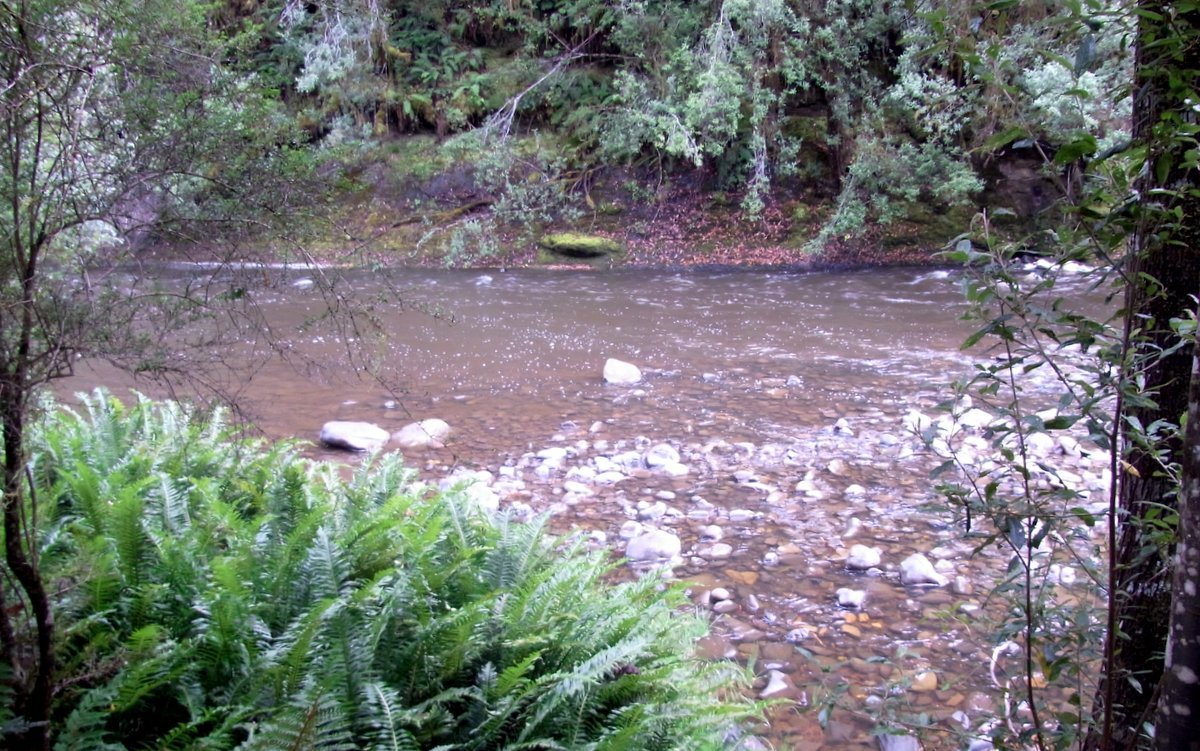How did fish and plants survive the Genesis Flood?

A few points to consider:
Only land-dwelling, air-breathing animals and birds were on the Ark (Genesis 7:14,15; 21-23). The sceptic’s caricature that Noah had fish tanks on the ark is wrong.
We do not know how salty the sea was before the Flood. It may have been less salty than it is now. It may have been more salty. The Flood was initiated by the breaking up of the ‘fountains of the great deep’ (Genesis 7:11). What exactly these are is not certain but there are two likely possibilities: volcanoes and/or subterranean water. Volcanoes emit huge amounts of steam and hot water.
the ability to tolerate wide changes in salinity could have been present in most fish at the time of the Flood.Many estuarine and tidepool species are able to tolerate wide changes in salinity. Starfish will tolerate 16-18% of the normal concentration of sea salt indefinitely. Barnacles can withstand exposure to less than one-tenth the usual salt concentration of seawater.
There are migratory species of fish which travel between salt and fresh water. For example, salmon, striped bass and Atlantic sturgeon spawn in freshwater and mature in saltwater. Eels reproduce in saltwater and grow to maturity in freshwater streams and lakes. The Atlantic sturgeon is a migratory salt/freshwater species but the Siberian sturgeon lives only in freshwater. Some of the fish orders with both fresh and saltwater species are the toadfish order, garpike order, bowfin, sturgeon, herring/anchovy, salmon/trout/pike, catfish, clingfish, stickleback, scorpionfish, and flatfish orders. Indeed, most of the extant orders have both fresh and saltwater representatives. This suggests that the ability to tolerate wide changes in salinity could have been present in most fish at the time of the Flood. Specialisation may have resulted in the loss of this ability in many species since then.
Hybrids of wild trout (freshwater) and farmed salmon (migratory species) have been discovered in Scotland (New Scientist 146:22, May 27, 1995), suggesting that the differences between freshwater and marine types may be quite minor. Indeed, the differences in physiology seem to be largely differences in degree rather than kind with the kidneys of freshwater species excreting excess water (low salt concentration urine) and those of marine species excreting excess salt (high salt concentration urine). Saltwater sharks have high concentrations of urea in the blood to retain water in the saltwater environment whereas freshwater sharks have low concentrations of urea to avoid accumulating water. Sawfish species which move from saltwater to freshwater increase their urine output twentyfold and the blood urea concentration decreases to less than one-third.
Aquatic mammals such as whales and dolphins would have been well-placed to survive the Flood, not being dependent on clean water to breathe.
Many marine creatures would have been killed in the Flood because of the turbidity of the water, changes in temperature, etc. The fossil record testifies to the massive destruction of marine life with 95% of the fossil record accounted for by marine creatures. This is consistent with the Bible’s account of the Flood beginning with the breaking up of the ‘fountains of the great deep’ (i.e. beginning in the sea?).
There is a possibility that stable fresh and saltwater layers developed and persisted in some parts of the earth. Freshwater can sit on top of saltwater for extended periods of time. Turbulence may have been sufficiently low at high latitudes for such layering to persist and allow the survival of both freshwater and saltwater species in those areas. The technical term for a sharp vertical change in salinity is halocline; haloclines are well known in many bodies of water.
Survival of land plants? Many terrestrial seeds can survive long periods of soaking in various concentrations of salt water (Howe, 1968, CRSQ:105-112). Others could have survived in floating masses. Many could have survived as accidental and planned food stores on the ark.
Ironically, Charles Darwin himself performed experiments floating snails on, and submerging seeds in, salt water, convincing him that they could have survived long sea voyages on driftwood and the like.







Readers’ comments
Comments are automatically closed 14 days after publication.